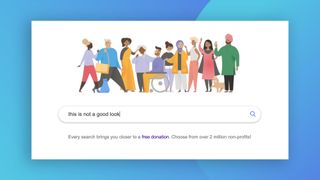8 top free web design ebooks
Here's a selection of the most useful ebooks covering everything from design trends to CSS best practices.
Improving your web design skills is a continuous, constant process, so it's important to track down useful resources to help you step up your game.
In this article we'll explore some of the most useful free ebooks out there, which cover topics spanning from web design trends to CSS best practices.
01. Inbound Marketing's Most Wanted: 33 Website Design Crimes to Avoid at All Cost

Published by SmartBug Media, Inbound Marketing's Most Wanted collects 33 all-to-common web design mistakes when trying to attract new business, and explains how to avoid them.
The so-called "crimes" are categorized by planning, execution, and after the launch, but also includes individual subsections on homepages, internal pages, and landing pages. Think of this book as a list of 33 best practices that any designer could learn from.
02. Magic of CSS

Few publications capture both the good and bad sides of CSS. The Magic of CSS by Adam Schwartz tackles the guidelines for using CSS most effectively, and the book is completely online.
Author Adam Schwartz presents both the theory and practical advice, including data reference charts and templates to smooth over the more confusing aspects.
03. Learn from great design

There's something to be said about showing rather than telling. On his blog Inspect Element, Tom Kenny analyzes a new site every week and deconstructs their successful strategies page-by-page, and how their design choices further their business strategies.
Get the Creative Bloq Newsletter
Daily design news, reviews, how-tos and more, as picked by the editors.
His book, Learn from Great Design, collects three of the best case studies. The best part is that he examines the sites on different devices, so readers can learn about multi-device methods as well.
04. Web UI Design Best Practices
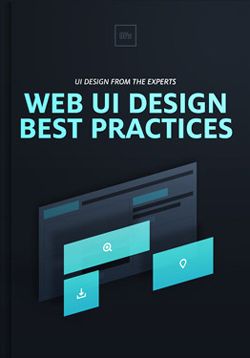
Web UI Design Best Practices explains techniques through analyzing visual examples. With examples from 33 sites, this guide goes through all the essential design topics, including navigation, UI patterns, color, typography, and visual hierarchy.
Web UI Design Best Practices merges the fields of UX, UI, and visual design, with visuals and analysis of UI design from 33 companies including LivingSocial, Spotify, Apple, Skullcandy, and more besides.
05. Building Web Apps with Go

The recent web-programming language Go can make a huge difference on some projects… but only if you know how to use it.
Building Web Apps with Go by Jeremy Saenz gives a comprehensive guide to using this new open-source language (though it recommends first knowing the basics of Go and Heroku). While not yet fully complete, there is still more-than-enough content to get you started.
06. The Essential WordPress Website Launch Checklist
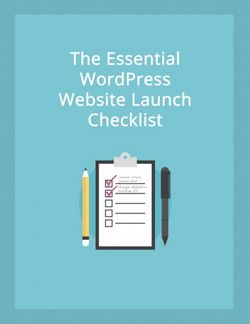
The WordPress experts iThemes have released numerous e-books on WordPress before, and most recently they brought us The Essential WordPress Website Launch Checklist. More than just a checklist, this WordPress guide shows you how to make your own checklist based on the unique needs of your project, with suggested items. If you use WordPress often, this ebook — and the others in iThemes library — is worth checking out.
07. Interaction Design Best Practices (Volumes 1 and 2)
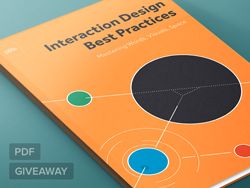
The two-volume series Interaction Design Best Practices from UXPin gathers all the information you need to know about interaction design, especially useful for its best practices and examples from over 50 companies like Netflix, MailChimp, Facebook, AirBnB, and more. Volume 1 covers the "tangibles," elements like spacing, typography, size, contrast, and visual consistency. Volume 2 dives into the "intangibles," such as timing/pacing, reducing friction, and user behavioral patterns.
08. Web Design is Dead
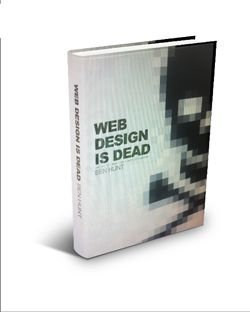
Last but not least, Ben Hunt's controversial Web Design Is Dead takes a fatalistic perspective on the always-changing industry of web design.
While his title is extreme, the content within has merit, taking an honest look at how the old methods of web design are no longer relevant in today's landscape. The practices he outlines can help you stay in front of the curve.
Bonus: 5 timeless classics
Here are some timeless e-books that, even though they're older, still offer advice that's relevant today.
- UX Storytellers: Connecting the Dots: a true classic because its approach has yet to be duplicated. Unlike all other e-books on this list, this massive 586-page reader offers personal accounts from 42 UX experts rather than more straightforward how-to guide. This book delivers fresh perspective on the UX discipline from voices you can trust.
- 50 User Experience Best Practices: As the name suggests, 50 User Experience Best Practices lists 50 UX tips on topics across the board: user research, content strategy, front-end development, planning phases, and the process flow. With clever graphics and a casual tone, this is as close to a UX textbook as we can get.
- The UX Reader: From a name you can trust, MailChimp's The UX Reader is another cover-all guide that runs through the fundamentals of UX design, with the reliability of the MailChimp brand. Divided into five main sections (Collaboration, Research, Design, Development, and Refinement), this e-book is a good way to flesh out your general knowledge of the field, with links to additional online resources for further learning.
- Bright Ideas for User Experience Designers: Userfocus deviates from the educational tone to delve into territory that's more casual, and at times laugh-out-loud funny. Bright Ideas for User Experience Designers explains the fundamentals of UX design through analogies to the Beatles and memorable terminology like "the CRAP way to usability. This book accompanies others in the "Bright Ideas for…" series that target UX researchers and UX managers.
- Web Design for the Human Eye: The two-volume series Web Design for the Human Eye from UXPin does for visual design what Interaction Design Best Practices (above) does for interaction design. Volume 1 explores elements like the emotions of colors, how to influence user sight flows, and the Gestalt principles applied to web design. Volume 2 covers user sight patterns (the F-pattern and the Z-pattern), as well as typography and content organization.
Where to find more freebies
It's hard to predict the release of design e-books, and you never know which ones will be worth reading. Luckily, you'll find enough digital design blogs to satisfy your curiosity in between e-book publications:

Thank you for reading 5 articles this month* Join now for unlimited access
Enjoy your first month for just £1 / $1 / €1
*Read 5 free articles per month without a subscription

Join now for unlimited access
Try first month for just £1 / $1 / €1



